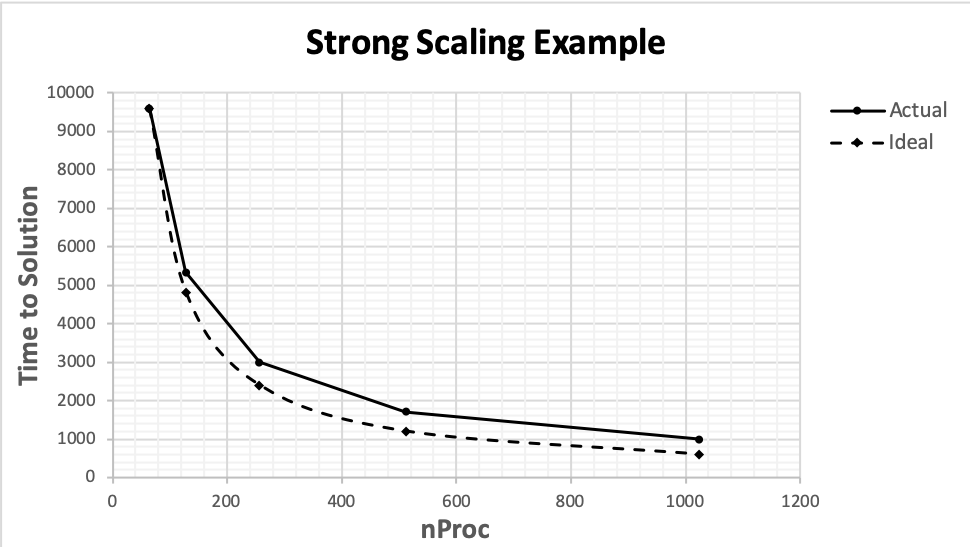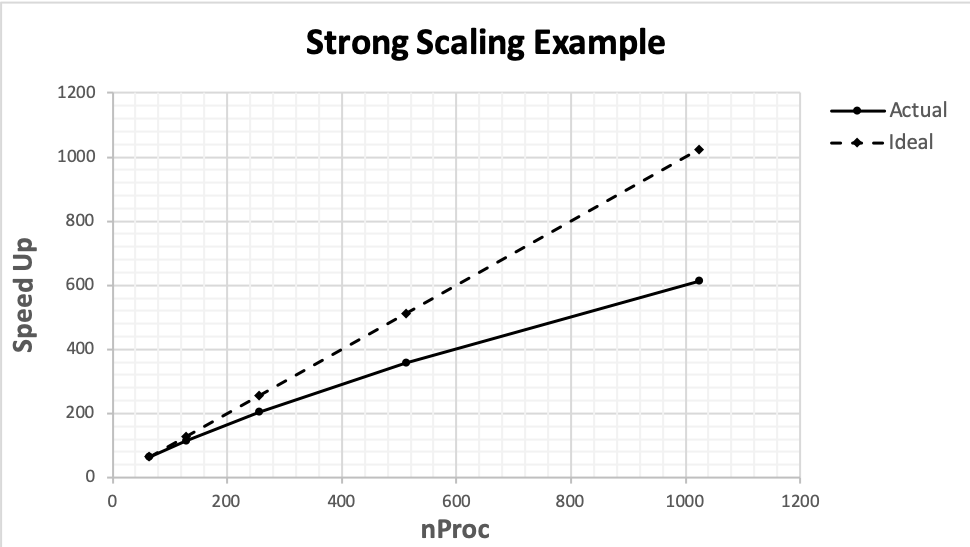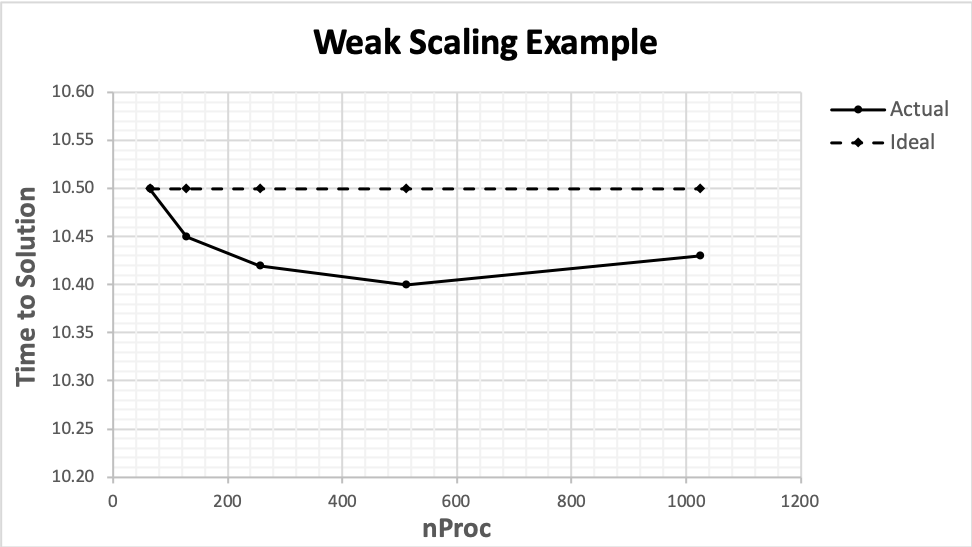Glossary
- Closed Source Software / Not Open Source Software
Software with source code which is not publicly available for general distribution. For this type of software, the Export Control Classification Number (ECCN) is requested. If the code is subject to a different export control jurisdiction (e.g. Department of State, ITAR) please indicate an appropriate categorization.
- Export Control Classification Number (ECCN)
US Department of Commerce Export Control Classification Number. If an application software package is export controlled, list the applicable ECCN. This is requested for all software that is Not Open Source. If the code is subject to a different export control jurisdiction (e.g. Department of State ITAR, Nuclear Regulatory Commission Controls) please indicate an appropriate categorization.
- Human Health Data
Human Health Data is intentionally broadly defined to include any information that relates to the past, present, or future physical or mental health, condition, or well-being of an individual or human population—regardless of the presence of personal identifiers.
- Examples include:
Genomic data
Clinical data (e.g., electronic health records)
Data protected by HIPAA (PHI or Limited Data Set)
Health surveillance data
Public health data
Information about an individual intended for use in biomedical, behavioral, clinical, or other human health-related research
- National Security Decision Directive (NSDD) 189
National Security Decision Directive (NSDD) Number 189 is a federal directive that establishes national policy for controlling the flow of science, technology, and engineering information produced in federally-funded fundamental research at colleges, universities, and laboratories. NSDD 189 defines “Fundamental Research” as:
Basic and applied research in science and engineering, the results of which ordinarily are published and shared broadly within the scientific community, as distinguished from proprietary research and from industrial development, design, production, and product utilization, the results of which ordinarily are restricted for proprietary or national security reasons.
“Publicly Available Information” is defined as information obtainable free of charge (other than minor shipping or copying fees) and without restriction; which is available via the internet, journal publications, text books, articles, newspapers, magazines, etc.
- Open Source Software
Open Source software is publicly available software (source code) which is available for general distribution either for free or at a price that does not exceed the cost of reproduction and distribution. Frequently, this Open Source software is distributed under a license that grants the user the rights to use, copy, modify, prepare derivative works, and distribute that software without having to make royalty payments. Such distribution may include original or modified source code, other formats, and any derivative works thereof.
- Proprietary Data
Proprietary Data are data which embody trade secrets developed at private expense, where such data (a) are not generally known or available from other sources without obligation concerning their confidentiality; (b) have not been made available by the owner to others without obligation concerning their confidentiality; and (c) are not already available to the Government without obligation concerning their confidentiality.
- Sensitive or Restricted Information
Principal Investigators are responsible for knowing whether their project uses or generates sensitive or restricted information. Department of Energy systems contain data only related to scientific research.
Sensitive Information: This includes, but is not limited to, personally-identifiable information (PII). PII is information that can be used to distinguish or trace an individual’s identity, either alone or when combined with other information that is linked or linkable to a specific individual.
Restricted Information: This includes, but is not limited to, classified information, unclassified controlled nuclear information (UCNI), naval nuclear propulsion information (NNPI), the design or development of nuclear, biological, or chemical weapons or of any weapons of mass destruction. Use of OLCF resources to store, manipulate, or remotely access classified information is prohibited.
For more information contact the DOE at:
Office of Domestic and International Energy PolicyUS Department of EnergyWashington DC 20585
- Project Classification Categories
- Open (Category 1)
Definition: This category is for projects with data sets that are truly non-sensitive and do not require access controls. It is suitable for data that is rightfully publicly available or could be exposed to a wider audience without compromising participant’s or provider’s privacy or security.
Example Use: Data sets that haves been completely anonymized, lacks any possible link back to an individual, and are not otherwise considered sensitive or protected under HIPAA, ITAR, or other law or contractual restrictions.
- Moderate (Category 2)
Definition: This category is for projects with data sets that are moderately sensitive and requires moderate security measures.
Example Use: Data sets that require access controls due to the data owner’s “terms of use.” (e.g., you or your institution was required to sign or acknowledge a Data Use Agreement that requires the data set be access-restricted as a condition of using it for this project).
- Enhanced (Category 3, utilizes the CITADEL security framework)
Definition: This category is designated for the most sensitive projects, requiring enhanced security and access controls.
Example Use: Data that includes identifiable, sensitive, or access-controlled health information, such as complete electronic health records, or data covered under strict confidentiality agreements or laws that mandate high levels of protection (e.g, data protected by HIPAA).
- Strong Scaling
How time-to-solution of a computation varies with the number of processors for a fixed total problem size. Use the examples below as a guide when providing this kind of parallel performance data.
nProc
Time to Solution, Actual
Time to Solution, Ideal
64
9600.00
9600.00
128
5333.33
4800.00
256
3000.00
2400.00
512
1714.29
1200.00
1024
1000.00
600.00

nProc
Time to Solution, Actual
Time to Solution, Ideal
64
64.00
64.00
128
115.20
128.00
256
204.80
256.00
512
358.40
512.00
1024
614.40
1024.00

- Weak Scaling
How time-to-solution of a computation varies with the number of processors for a fixed per processor problem size. Use the example below as a guide when providing this kind of parallel performance data.
nProc
Time to Solution, Actual
Time to Solution, Ideal
64
10.50
10.50
128
10.45
10.50
256
10.42
10.50
512
10.40
10.50
1024
10.43
10.50
